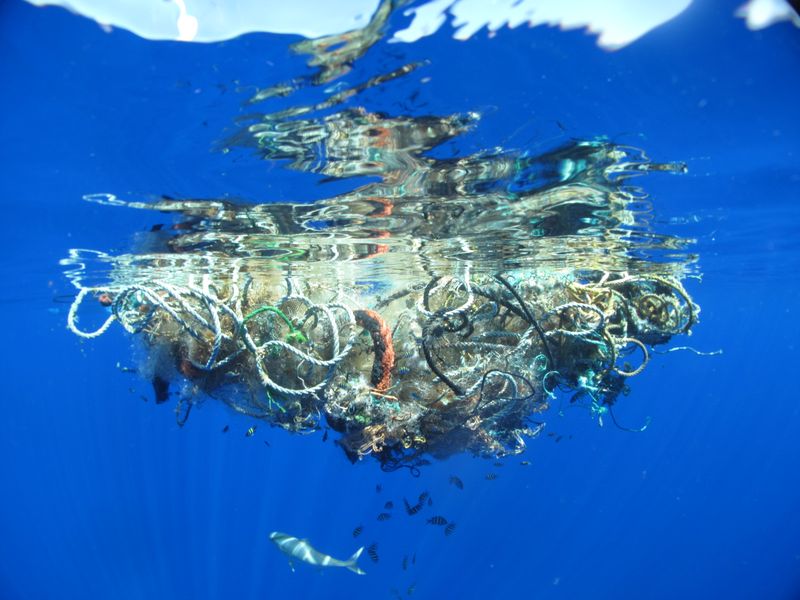Government Grants
Business Grants
Home Owner Programs
Federal Programs
About Us
Central Socorro Bosque Restoration Project
This project implements a treatment plan for restoration of the Rio Grande Bosque stands.
Central Socorro Bosque Restoration Project is a joint project between NM State Forestry and the Bureau of Reclamation.
Through the management of crews and different mechanisms the NM State Forestry
has implemented this restoration and fuels reduction project using NM funding.
This project efforts are needed for conserving and protecting the endangered Southwestern Willow Flycatcher and the threatened Western Yellow-Billed Cuckoo on the Middle Rio Grande.
The primary purpose of this project is to implement a treatment plan for restoration of Rio Grande Bosque stands, primarily between the Socorro North Flood Control Feature and the Brown Arroyo Outflow.
This project is a joint effort using funding appropriated by the 2017 NM State Legislature and land use permits issued by the BOR and environmental consultation and assistance from the BOR to implement on the ground from technical experts.
This project is intended to improve fire protection through fuels reduction and improve habitat for multiple species to include endangered birds using the flyway.
The project will consist of 3 distinct treatment types followed by planting of native species where soils and water table depth are favorable.
The overlying treatment will consist of removal of primarily Tamarisk (Salt Cedar) and Russian Olive, with some Elm (sps), Mulberry, and Tree-of-heaven seedlings, saplings and trees.
The three primary treatment types to be complete by the recipient are:
Mechanical removal of the target species using chainsaws and hand crews followed by an initial herbicide treatment and then a follow-up treatment within 6 months.
Mechanical removal of the target species using masticators followed by an initial herbicide treatment and then a follow-up treatment within 6 months.
Mechanical removal of the target species using track hoes with hydraulic “thumbs” to “pluck and pile” the target species followed by an initial herbicide treatment and then a follow-up treatment within 6 months.
Following the completion of the initial removal of the target species and initial herbicide treatment, planting of cottonwood and willow poles and native shrub, forb, and grass species will be initiated where applicable based on soil types, availability to ground water and slash/ mastication depth.
Central Socorro Bosque Restoration Project is a joint project between NM State Forestry and the Bureau of Reclamation.
Through the management of crews and different mechanisms the NM State Forestry
has implemented this restoration and fuels reduction project using NM funding.
This project efforts are needed for conserving and protecting the endangered Southwestern Willow Flycatcher and the threatened Western Yellow-Billed Cuckoo on the Middle Rio Grande.
The primary purpose of this project is to implement a treatment plan for restoration of Rio Grande Bosque stands, primarily between the Socorro North Flood Control Feature and the Brown Arroyo Outflow.
This project is a joint effort using funding appropriated by the 2017 NM State Legislature and land use permits issued by the BOR and environmental consultation and assistance from the BOR to implement on the ground from technical experts.
This project is intended to improve fire protection through fuels reduction and improve habitat for multiple species to include endangered birds using the flyway.
The project will consist of 3 distinct treatment types followed by planting of native species where soils and water table depth are favorable.
The overlying treatment will consist of removal of primarily Tamarisk (Salt Cedar) and Russian Olive, with some Elm (sps), Mulberry, and Tree-of-heaven seedlings, saplings and trees.
The three primary treatment types to be complete by the recipient are:
Mechanical removal of the target species using chainsaws and hand crews followed by an initial herbicide treatment and then a follow-up treatment within 6 months.
Mechanical removal of the target species using masticators followed by an initial herbicide treatment and then a follow-up treatment within 6 months.
Mechanical removal of the target species using track hoes with hydraulic “thumbs” to “pluck and pile” the target species followed by an initial herbicide treatment and then a follow-up treatment within 6 months.
Following the completion of the initial removal of the target species and initial herbicide treatment, planting of cottonwood and willow poles and native shrub, forb, and grass species will be initiated where applicable based on soil types, availability to ground water and slash/ mastication depth.
Who's Eligible
Obtain Full Opportunity Text:
Norval Morris Project
Additional Information of Eligibility:
An eligible applicant is any public or private agency, educational institution, organization, individual or team with expertise in the described areas.
Full Opportunity Web Address:
http://community.nicic.org/blogs/nic/archive/2009/04/02/nic-solicitation-seeks-facilitation-for-corrections-innovation-project.aspx
Contact:
Agency Email Description:
Work
Agency Email:
Date Posted:
2018-09-07
Application Due Date:
Archive Date:
2018-09-30
Social Entrepreneurship
Spotlight
Calgary Social Enterprise Offers High-Tech Services by People with Autism

Meticulon, a project of Autism Calgary Association in partnership with the federal government and the Sinneave Family Foundation, operates as a social enterprise that renders high-tech services provided by people with autism, leveraging their natural abilities at requiring attention to detail, repetition, and sequencing.

